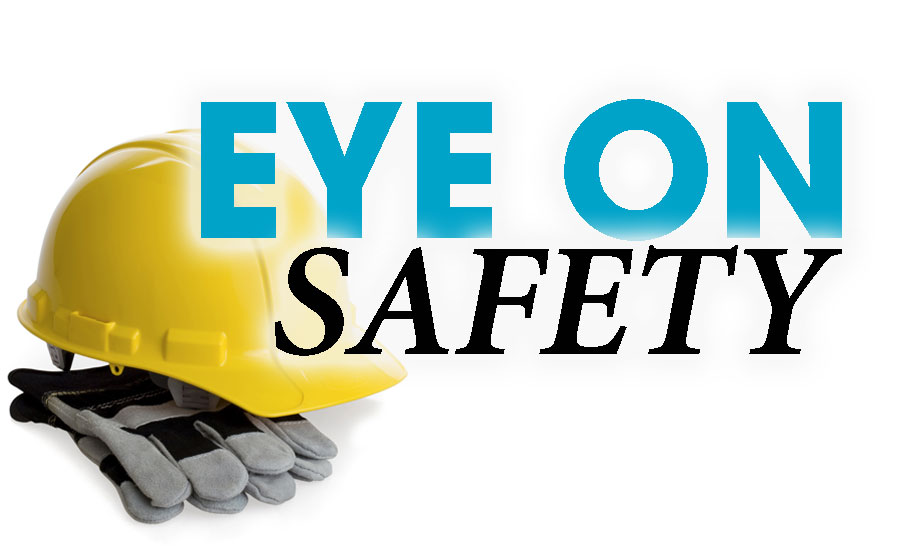Mark your calendars! On Jan. 6, 2020, the U.S. Department of Transportation Clearinghouse will be up and running.
This clearinghouse will require employers to search the online database to learn whether their CDL-holding employees and applicants violated DOT drug and alcohol regulations, report DOT drug and alcohol violations to the clearinghouse, and report on the return-to-duty status and the follow-up drug and alcohol test results. CDL drivers, medical review officers (MROs), substance abuse professionals (SAPs), third-party administrators and state licensing agencies also must interact with the clearinghouse when it goes live.
A few items of note: Manual inquiries into a CDL driver applicant’s previous employers during the hiring process must continue until Jan. 6, 2023. All CDL drivers who operate CMVs on public roads will have drug and alcohol violations logged with the clearinghouse, that includes inter- and intrastate drivers, passenger and property carriers, construction equipment operators, etc.
The idea is to have a central location for CDL drug and alcohol violation information. Proponents say the clearinghouse will provide an efficient and reliable way to ensure CDL drivers who violate drug and alcohol laws are evaluated and treated, minimizing risk to themselves and the motoring public. The FMCSA notes the clearinghouse will make it harder for these drivers to conceal their drug and alcohol history. Employers also should embrace the clearinghouse since it seems the database will greatly simplify the CDL driver hiring process.
Currently, federal regulations require prospective employers to gather, among other things, drug and alcohol violation information about the CDL holder from previous employers. Required questions include: Over the last three years did the applicant (1) Violate alcohol and drug laws (e.g. on-duty use, positive test results or refusals to test)?, (2) Fail to complete a rehabilitation program prescribed by an SAP? or (3) If after completing a rehabilitation program, did the applicant ever hold a 0.04 BAC, test positive for drugs or refuse a test?
Although beyond the scope of this article, prospective employers also must gather information about the applicant’s CMV accidents. Also, the prospective employer need only ask these three questions of DOT-regulated employers for whom the applicant performed safety-sensitive duties in the last three years.
The inquiry process is cumbersome and time-consuming. First, the driver applicant must give written consent to have the data released to the hiring employer. Then, the prospective employer must make a good-faith effort to contact each former employer via telephone, letters, personal interviews, email or other method that ensures confidentiality. A good-faith effort means trying more than once and, preferably, at least once by phone. The previous employers must respond within 30 days of receiving the information request. If they fail to respond, prospective employers are encouraged to report them to the FMCSA.
If the prospective employer learns the driver had a past drug and alcohol violation, the driver can’t perform safety-sensitive functions (including driving a CMV) until the employer can confirm the driver met the return-to-duty requirements; namely, they were evaluated by an SAP, completed required counseling, passed an RTD test and were subject to follow-up testing. A pre-employment drug and alcohol test by the prospective employer will satisfy the RTD test requirement.
All of the information learned about the driver applicant, including a list of the attempts made to contact previous employers, must be kept in a confidential, written record for three years (the driver investigation history file).
More particulars
Whew! That’s a lot of work and paper. Under the new rule, after a driver applicant registers with the clearinghouse, he or she may electronically consent to the release of their records through the clearinghouse. Then the prospective employer, as long as they are registered with the clearinghouse, receives the driver applicant’s three-year drug and alcohol violation history (for a fee). It is important to note that a prospective employer must search the clearinghouse and contact previous employers until Jan. 6, 2023, since employers must inquire about the driver’s last three years and the clearinghouse will not store violations that occurred before Jan. 6, 2020.
Prospective employers aren’t the only parties required to register and engage with the clearinghouse. Current employers must run an annual search of CDL-holding employees to ensure they did not receive a drug and/or alcohol violation under another current employer. Current employers also must report drug and alcohol violations to the clearinghouse and report on the return-to-duty status and follow-up test results.
As mentioned, drivers must provide consent to release records through the clearinghouse or the FMCSA will not release their information. Paper consent forms will not be accepted. A driver may review their own records at no charge. The FMCSA will notify the driver every time information about them is added, revised or removed from the clearinghouse. If the driver is not registered with the clearinghouse, the notice will be mailed to the address listed on the CDL. If a driver violates drug and alcohol laws and is required to begin the return-to-duty process, he or she must select a SAP through the clearinghouse.
MROs must register with the clearinghouse and report verified positive tests or refusals. Similarly, SAPs must register with the clearinghouse and report whether a driver completed the return-to-duty initial assessment, and whether he or she s eligible for return-to-duty testing. It’s important to note MROs and SAPs may not view the driver’s records stored in the clearinghouse.
Third-party administrators may register with the clearinghouse if they’ve been retained to report violations or perform queries on behalf of an employer. State licensing agencies must query the clearinghouse before performing licensing transactions such as issuing, renewing, upgrading or transferring a driver’s CDL.
Privacy and information security surrounding this enormous data repository are valid concerns. The FMCSA on the website explaining the clearinghouse at https://clearinghouse.fmcsa.dot.gov/FAQ states it will “meet all relevant federal security standards,” and “verify the effectiveness of the security protections on a regular basis.”
Protections include requiring users to register for an account based on their role (e.g. employer, MRO, SAP); requiring user names and passwords to access records; drivers must grant specific consent to release their records to the listed employer; allowing drivers to view the information before it is released; and social security and employee identification numbers are no longer used on the Federal Drug Testing Custody and Control Form (CCF), or the DOT Alcohol Testing Form (ATF). Instead, the driver’s CDL number and state of issuance are listed.
To best prepare for the rollout on Jan. 6, 2020, ASA encourages members to subscribe to the clearinghouse information mailing list at
https://clearinghouse.fmcsa.dot.gov/. Clearinghouse account registration opens at an undetermined date this fall.
ASA encourages members to register early so they are prepared to query and report to the clearinghouse on the Jan. 6, 2020 launch date.



